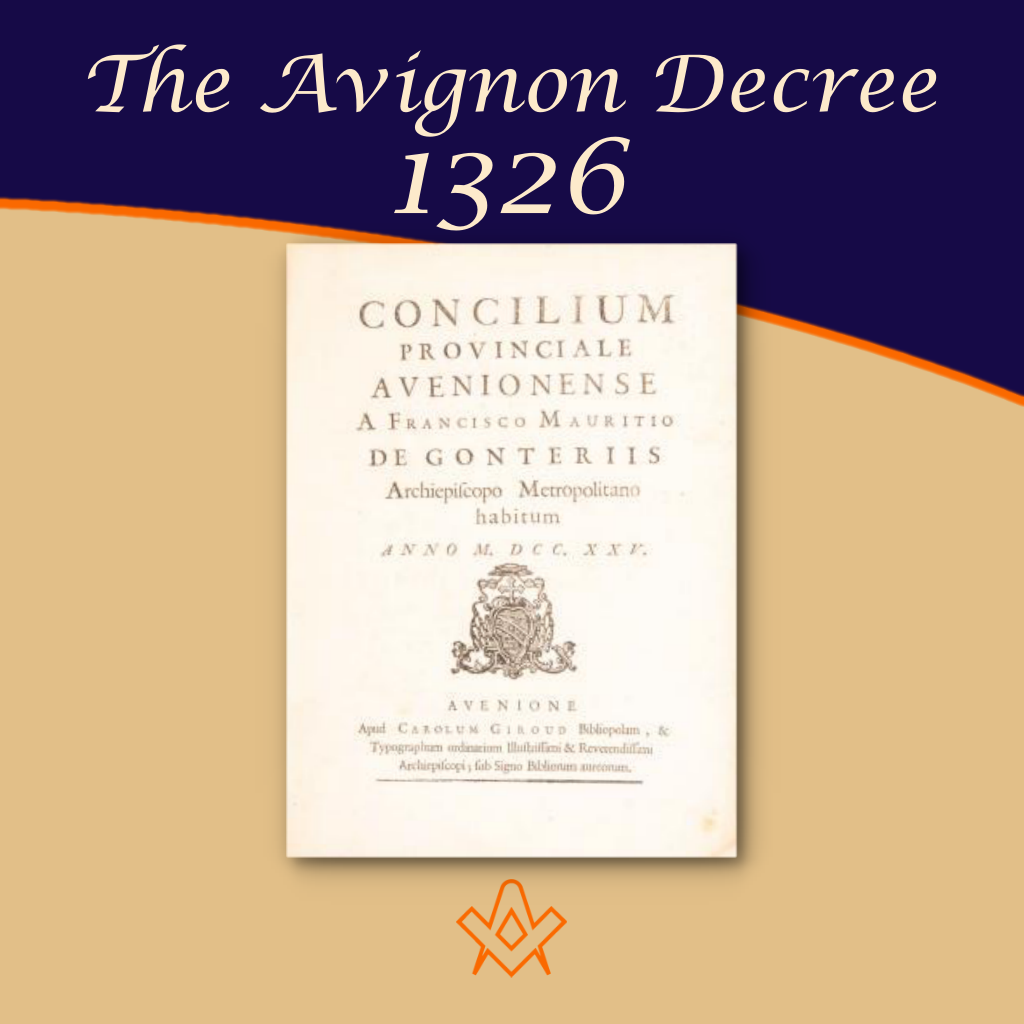The several Papal declarations against Freemasons after the formation of the Grand lodge in England in 1717 are well known.
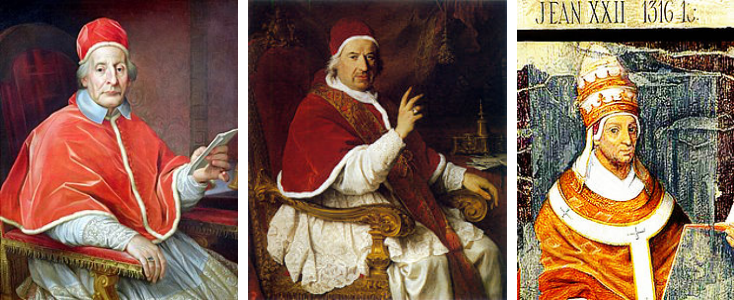
IMAGE LINKED: wikimedia Attribution 4.0 International (CC BY 4.0)
Left: Pope Clement XII (Latin: Clemens XII; 7 April 1652 – 6 February 1740), born Lorenzo Corsini, was head of the Catholic Church and ruler of the Papal States from 12 July 1730 to his death in 1740.
Centre: Pope Benedict XIV (Latin: Benedictus XIV; 31 March 1675 – 3 May 1758), born Prospero Lorenzo Lambertini, was head of the Catholic Church and ruler of the Papal States from 17 August 1740 to his death in 1758
Right: Pope John XXII (1244-1334) was born in Cahors (a city of the province of Quercy, in the south-western part of France) as Jacques Dueze, from a rich trade family.
He was elected Pope in 1316, having been Bishop of Frejus (1300), Avignon (1310) and Cardinal-Bishop of Porto-Santa Rufina (1312). He was the second of the nine Popes and antipopes who established the Holy See in Avignon, France.
In eminenti apostolatus was the Papal Bull issued by Pope Clement XII (1652-1740) in 1738, condemning the Liberi Muratori, (the Freemasons), for ‘just and reasonable causes’, followed by Providas Romanorum issued in 1751 by Benedict XIV (1675-1758) are religious documents often referred to in the course of Masonic history.
These two Papal Bulls were issued after the formation of the Grand Lodge in London 1717/21.
Though it appears to be directed towards Freemasonry in general, during the first quarter of the eighteenth century, Freemasonry was split in Europe between Hanoverian Freemasonry and Jacobite Freemasonry.
Jacobite Freemasonry was politically charged supporting the Catholic monarchy. In England at that time, this would be considered treason.
The 1738 Papal Bull was therefore directed towards the Hanoverian Freemasonry, certainly English Freemasons.
As time marched on the two sides of Freemasonry became blurred, and it is now assumed that the Papal Bull 1738 was against all Freemasons.
The Avignon Decree (1326), though not specifically naming Freemasonry, there is no evidence that it existed at that time, but more interestingly, was directed towards brotherhood societies.
First, this shows that some 400 years before the first Grand Lodge in England, there were classes of individuals, forming themselves into secret brotherhood societies.
The secrecy was no doubt essential to protect their own identities.
Secondly, that by 1326, these secret brotherhood societies posed a threat to the Catholic Church.
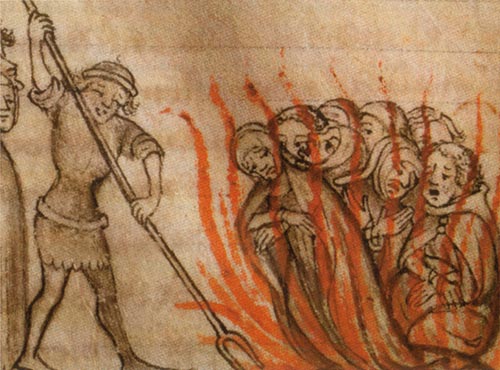
Templars being burned at the stake
IMAGE LINKED: wikimedia Attribution 4.0 International (CC BY 4.0)
Just four years prior to The Avignon Decree (1326), Pope Clement V (1264-1314), had dissolved the Order of the Temple (The Knights Templar) at the request of King Philip IV of France (1268-1314).
It was Pope Clement V who moved the Papacy from Rome to Avignon, ushering in the period known as the Avignon Papacy.
This Decree had no affect at all on the operative masons thought France at the time, as the cathedrals of Strasbourg, Rouen, Liege, Tours and Paris, were under construction, while the cathedrals in Carcassonne, Narbonne and Dijon had only recently been opened.
Modern transcription from Latin.
On the radical suppression of societies, leagues and conspiracies, designated under the name of brotherhoods.
CONCILIUM AVENIONENSE
Anno Christi MCCCXXVI
In some districts of our provinces, there are people, mostly noblemen, sometimes commoners, organizing leagues, societies, conspiracies that are forbidden by the ecclesiastic law as well as by the civil law; under the name of brotherhoods.
They gather once a year at places where their secret assemblies and meetings are being held; having entered the room, they take an obligation according to which they must support each other against everybody except their Masters [and] assist, advise and help each other in any situation.
Sometimes, having put on a uniformed costume and using tokens and distinctive signs, they elect one of theirs as leader; to whom they swear complete obedience: therefore justice is suffering as a result [and] murder and robbery follow. [There is] no peace nor security anymore; the innocent and the poor are being oppressed; churches and church people, being of course considered by those persons as their enemies, must suffer as individuals and in their belongings. In the fields of laws and courts, there are all kinds of iniquities and prejudices.
We do intend to set ourselves immediately against such awkward enterprises and ill-natured attempts, to carry on effective remedies and protect our congregation against sin, according to our sacerdotal functions, by virtue of the authority of the actual council; and we do pronounce the nullity, the dissolution and the disintegration of all assemblies, alliances, societies and conspiracies termed as fraternities and brotherhoods, founded by clericals or seculars, regardless of the grade dignity, state or condition they may belong to and we also declare null and void the covenants, conventions, [and] ordainings concluded between them.
We resolve that the oaths to be taken by the aforesaid persons are prohibited, valueless, [and] that nobody may feel bound to observe them. Under our guarantee, we do absolve them. However, they shall get a salutary punishment from their confessors, for those imprudent and rash oaths.
By virtue of the aforesaid authority, we forbid them, under the penalty of excommunication (by our will, to be entailed on the offenders ipso facto, after the present decree has been published in their parish church on two consecutive Sundays), we forbid them that on the occasion of the aforesaid assemblies, meetings, gatherings and taking of oaths they thereafter deal with such practices, organize such brotherhoods, subject themselves to that kind of obediences, help and support each other mutually, wear costumes signifying what is from now on a forbidden activity and between them style themselves brothers, priors or abbots of the said society.
Furthermore, that they, within ten days from said publication, shall each ask his own confessor (as far as this is possible to him) to unbind them from the aforesaid oaths and that each declare in public that he will no longer belong in the future to such associations. We forbid that kind of conspiracies, leagues, conventions, even if they do not style themselves brotherhoods. Besides, we pronounce their dissolution and nullity de facto, as they are being practised, and we place those who partake under the sentence of excommunication, a sentence that should not be cancelled, unless by the provincial council, except at the article of death.
However, we have no intention to suppress by this declaration the brotherhoods founded to the glory of God, of the Blessed Virgin Mary and of the other Saints in the support of the poor, such brotherhoods having no covenants, nor oaths of this kind.
Further Reading:
Daniel J Clausen; ‘The Charter of Larmenius and the Avignon Decree of 1326’
The Charter of Larmenius has not been considered a reliable historical document regarding a legitimate line of descent of the Knights Templar for nearly 200 years.
However, renewed analysis of the Charter’s contents, language, and historical correlations have reinvigorated the study of its claims in a new generation.
As a result, new historical connections are now being made which may further bolster the credibility of the Charter’s narrative.
One potential association with the Charter is a document known as the Avignon Decree of 1326.
This Papal Bull was produced by a council of bishops assembled at the abbey of Saint Ruf in what is now Avignon, France and was adopted and enforced by Pope John XXII just two years after the reported writing of the Larmenius Charter in 1324.
If a legitimate connection between the two is found to be likely, it would establish an additional primary document that corresponds directly to the narrative of the Charter.
Publication Date: 2021
Recent Articles: manuscripts
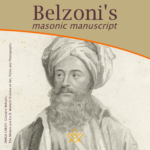 Belzoni's Masonic Manuscript is a valuable resource for anyone interested in the history and practices of Freemasonry, as well as for those interested in the broader cultural and social history of the early 19th century. The manuscript provides a rare glimpse into the inner workings of the organization, and offers insights into its beliefs, values, and practices. It is a fascinating document that continues to captivate and intrigue scholars and freemasons alike. |
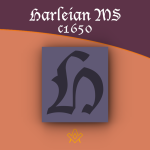 There are two known 'Harleian Manuscripts' which allude to the earliest constitutions of Masonry. |
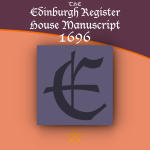 The Edinburgh Register House Manuscript (1696) At the time the manuscript was written in Edinburgh, Scotland was the home to various lodges, including those of the operative Masons of Edinburgh, it provides an interesting Masonic Catechism with questions and answers, a genuine ritual of admission. |
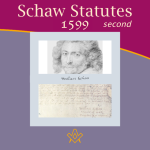 The Second William Schaw Statutes (1599) We look at a modern transcript of the second William Schaw Statutes dated 1599. An operative masons charter for stone cutters and layers in the building industry of the time. A set of rules and regulations including penalties. |
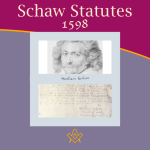 The First William Schaw Statutes (1598) We look at a modern transcript of the first William Schaw Statutes dated 1598. An operative masons charter for stone cutters and layers in the building industry of the time. |
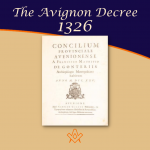 The Avignon Decree (1326) Papal Bull The several Papal declarations against Freemasons after the formation of the Grand lodge in England in 1717 are well known. The Avignon Decree (1326), published 400 years prior, is the earliest known document to set out the Catholic Church's intentions… |
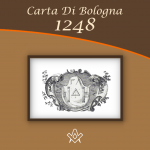 The Bologna Statutes Or Carta Di Bologna The Bologna Statutes or Carta Di Bologna 1248 - Masonic document of Operative Masonry, the oldest one found to date. |
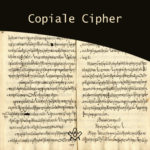 What is the connection between the Copiale Cipher and the great enlightened society of oculists ? |
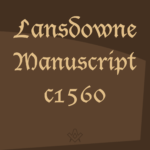 A very foolish legendary account of the origins of the Order of Freemasonry |
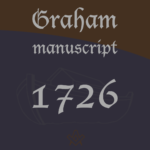 The Graham Manuscript dating from 1726 is an early Masonic document that calls upon Noah and this 3 sons in respect to Masonry, an alternative allegory to the Hiram legend. |
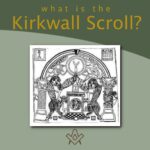 The Kirkwall Scroll is a hand-painted floor cloth depicting a myriad of symbolism |
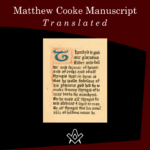 Matthew Cooke Manuscript was written c1450. A transcript of a yet older document, written by a Speculative Mason |
 Are you interested in the 'musty old documents of the past'? This article first appeared in The Builder magazine,1923 |
masonic knowledge
to be a better citizen of the world
share the square with two brothers

click image to open email app on mobile device


